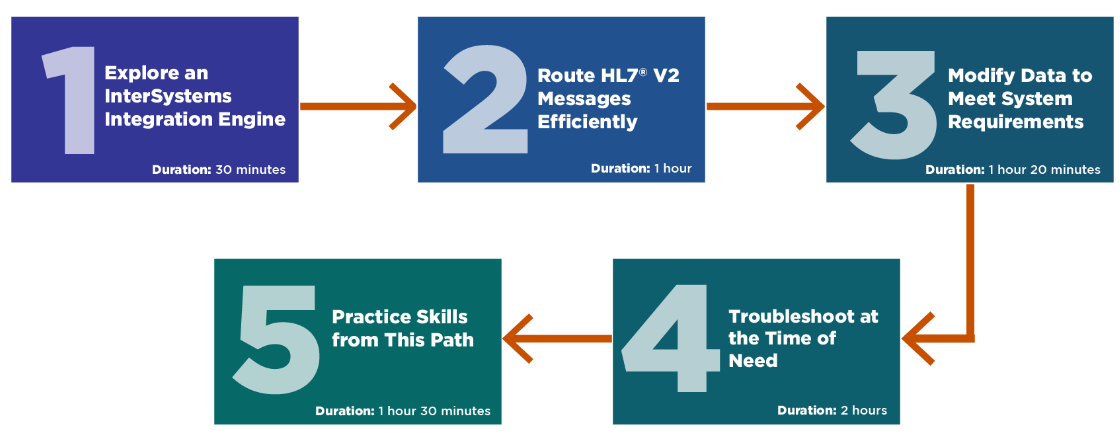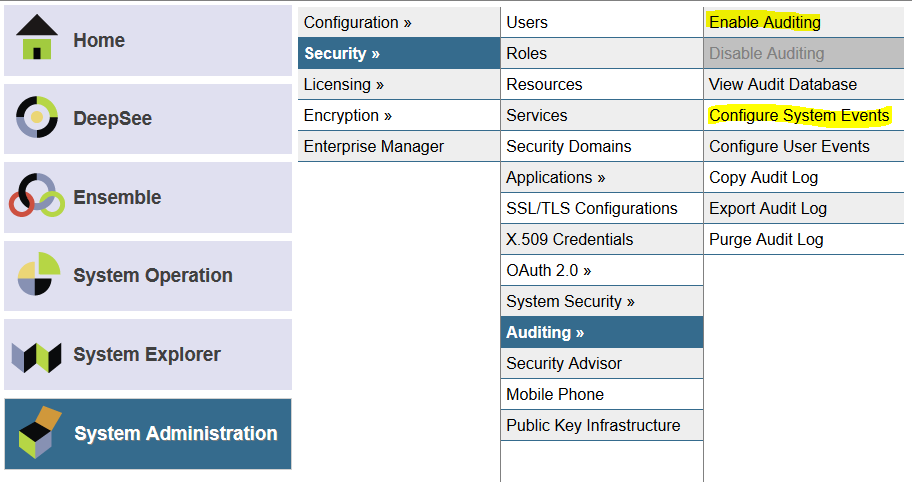Reviewing the different articles that I have published, I realized that I needed to explain a very practical functionality within our EMPI (Enterprise Master Patient Index) and it is none other than the notification of registrations and links to systems external to the EMPI.







.png)
.png)

.png)